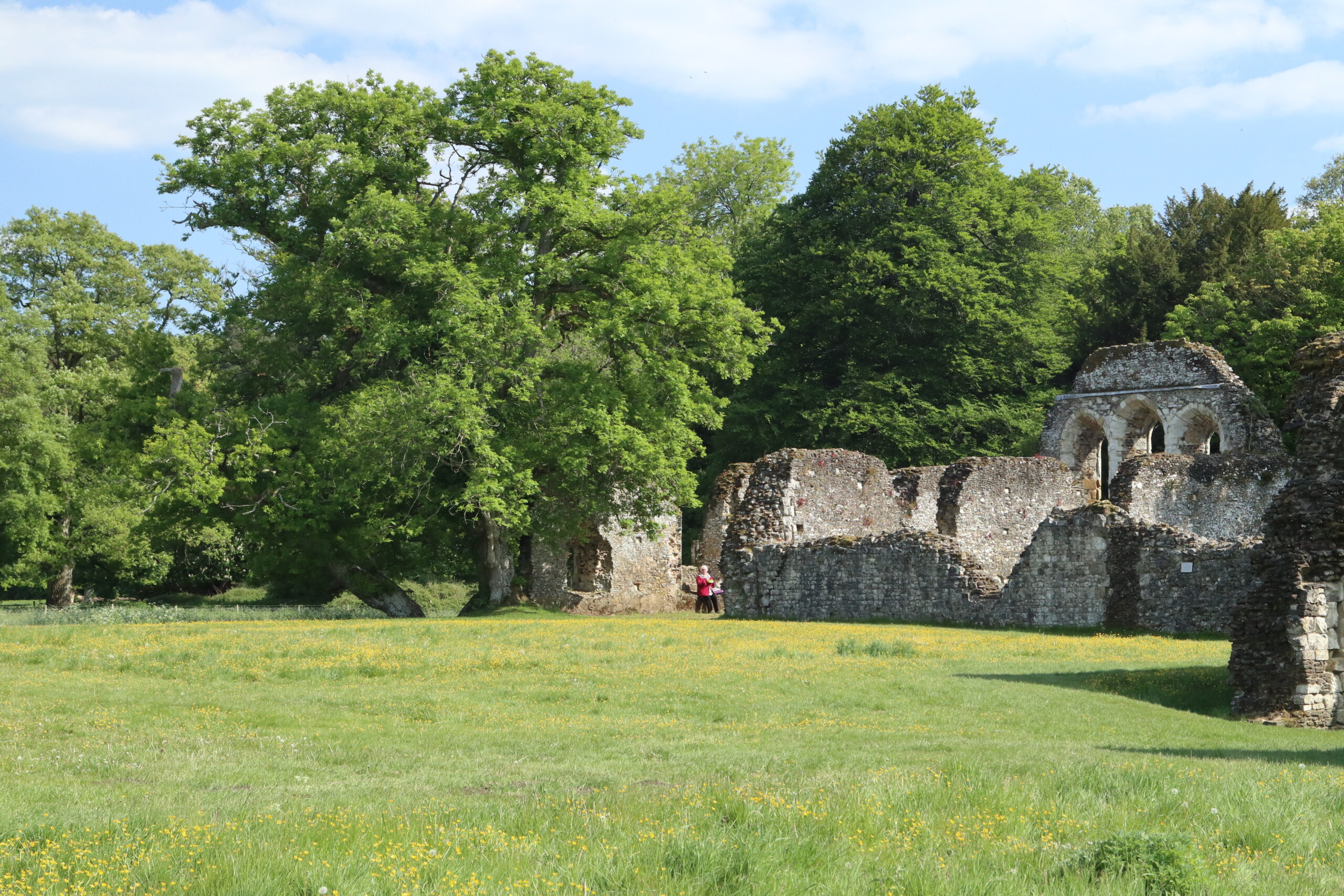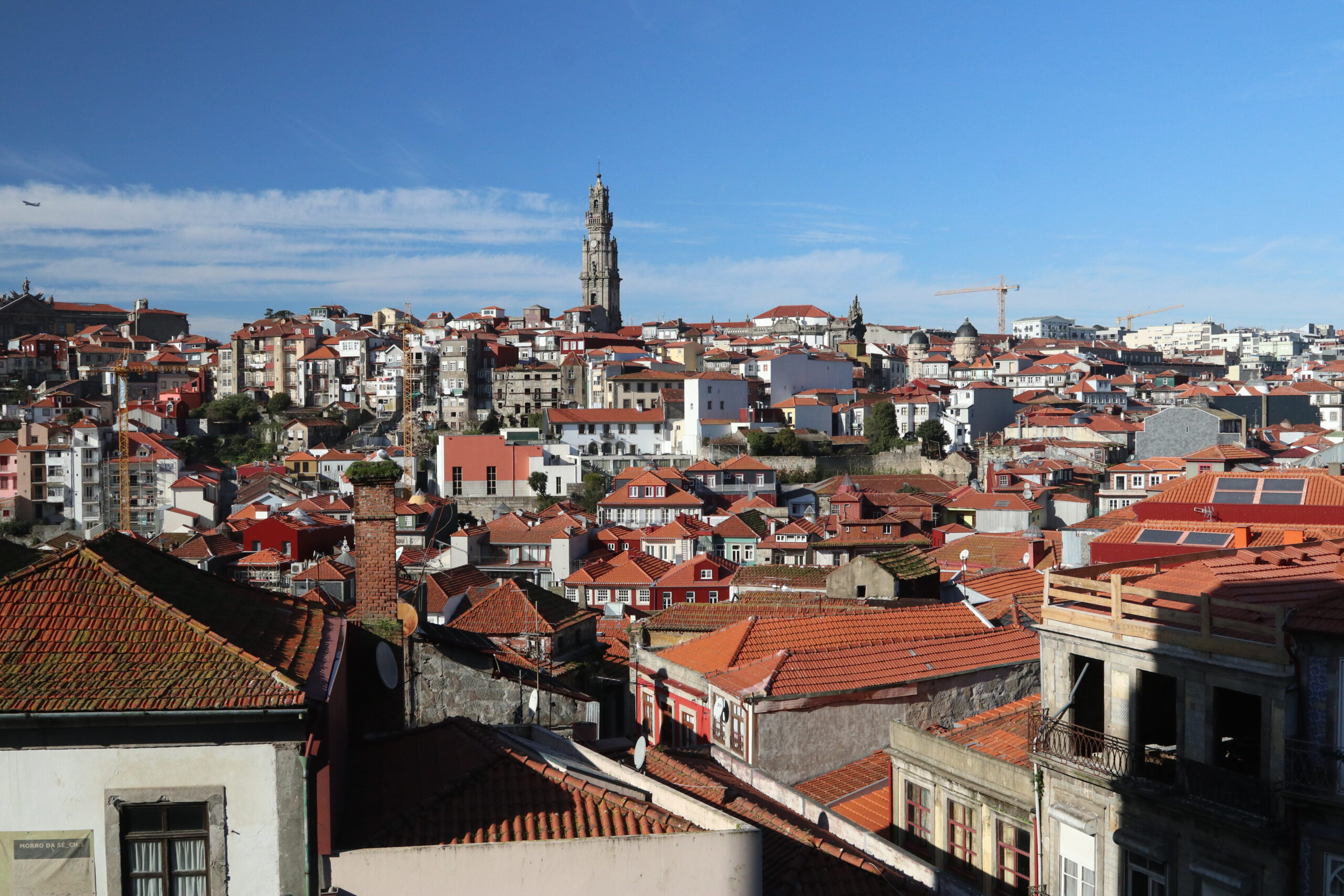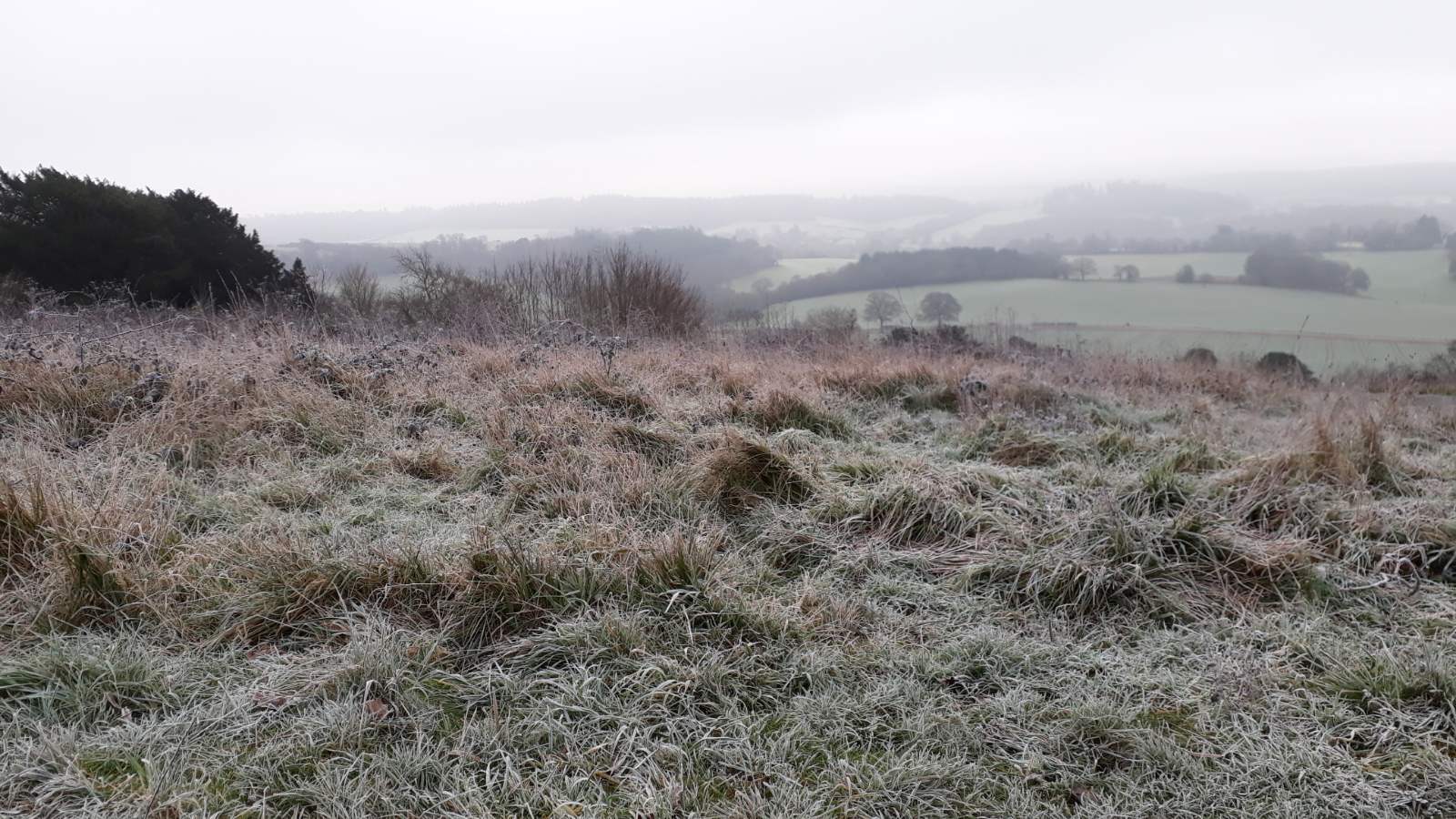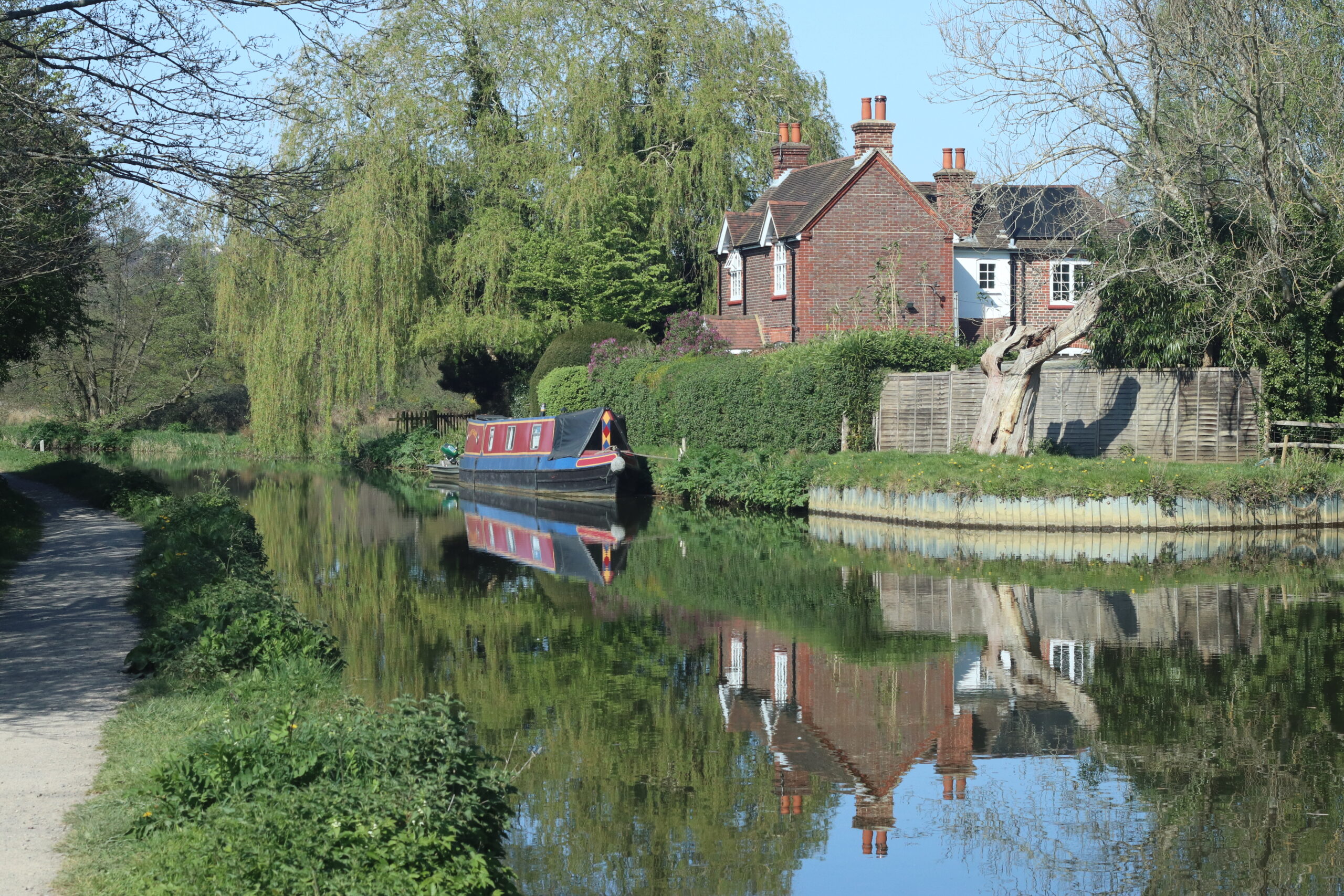It was only 20 mins drive from Guildford yet we have never visited this dreamy place before. Our destination for the day was the romantic ruins of Waverley Abbey.
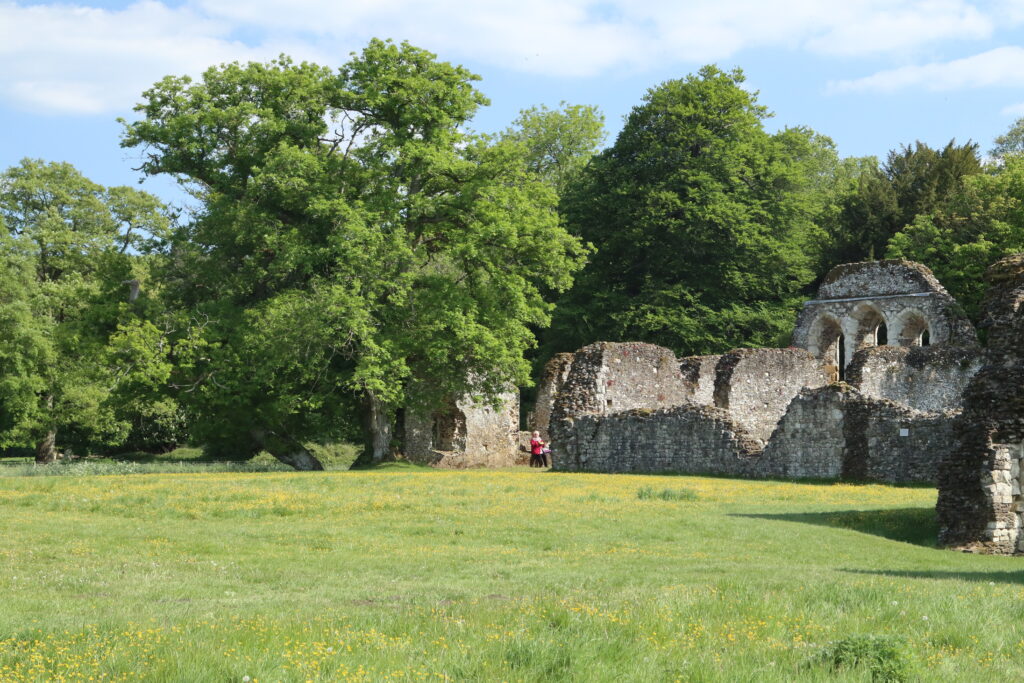
As sadly there is still no chance to have a proper adventure abroad. And with travelling restricted for day trips without overnight stay in England we are forced to seek out the best places closer to home. We shouldn`t complain; there are some great trails in Surrey and the weather has been treating us very kindly.
So on a warm and sunny afternoon we drove to the tiny village of Tilford hidden away in the Surrey countryside. The village is proud to have UK’s probably best preserved medieval packhorse bridge. It was likely built by monks of the nearby Waverley Abbey, in the 12th century.
Walk through the woods
We parked the car just before the bridge and followed a narrow path first passing a ‘repurposed’ pill box. We walked through woods with the River Wey on our left slowly flowing through the grazing fields. Upon reaching a country lane we turned right and followed it for a short distance before leaving it on a well trodden footpath.
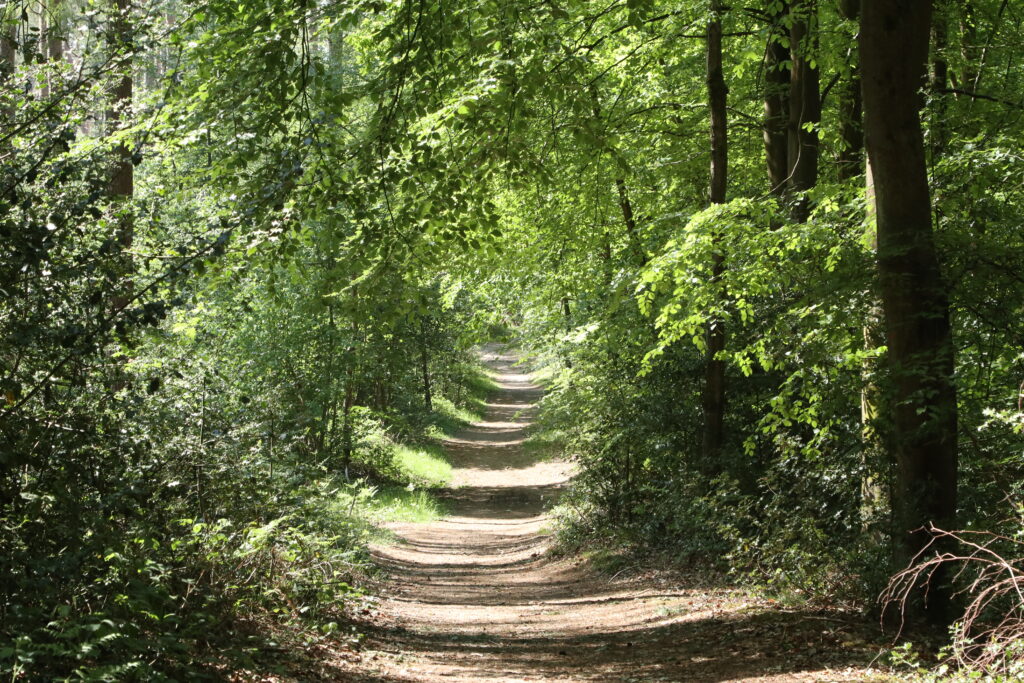
The narrow path ran a short distance from the river’s edge with the occasional glimpse towards the ruins as well as to the Georgian Waverley Abbey House with its grand grounds.
Near the small stone bridge linking to Waverley Abbey House the surface of the water was covered with lily pads. . A group of ducklings were racing to the reeds, desperately trying to figure out that walking on the lily pads or swimming was the fastest way. On the pasture surrounding Waverley Abbey cows were grazing in the warm afternoon sunshine with possibly one of the best views in Surrey. The pleasantly warm day brought out families and couples for an afternoon stroll. We walked among the fascinating ruins that scattered on a large grassy meadow bordered by the River Wey. We were thinking that the monks really knew how to choose a place for their monastery. It is just the perfect place.
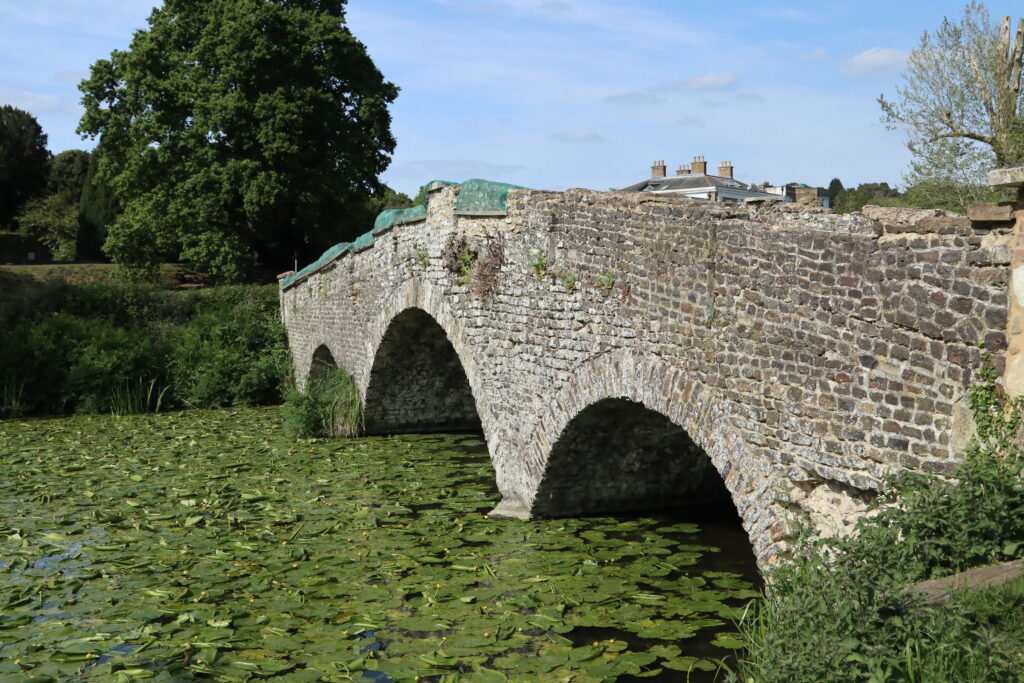
Waverley Abbey Yew tree
In the north-eastern corner of the grounds there is a monumental Yew tree. The scary looking roots slowly claiming a section of the old monastery wall. It is hard to tell the age of the tree. But it is safe to say that it has been there for centuries. It really makes people think of the moments it might have witnessed.
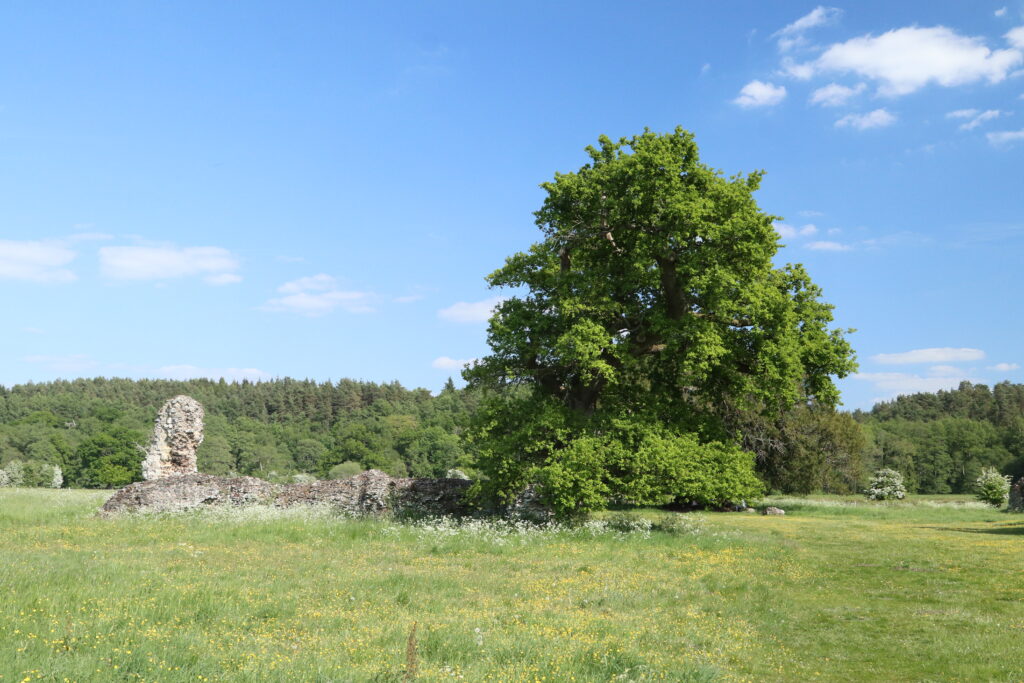
Short history of Waverley Abbey
It was the first Cistercian monastery in Britain, founded by William Giffard, Bishop of Winchester in 1128. 70 monks and 120 lay brothers lived and worshipped there. Its idyllic and peaceful location, close to the River Wey caused lots of trouble for the monastery. Flooding damaged its buildings several times over the years. It was then rebuilt during the 13th century because of the flood damage.
In 1536 the abbey was suppressed by King Henry VIII (as part of his Dissolution of monasteries). And many of its buildings were demolished, and the stones were re-used in local buildings.
It is believed that some of the stones were also used in the grand Waverley Abbey house. The house was constructed in 1725.
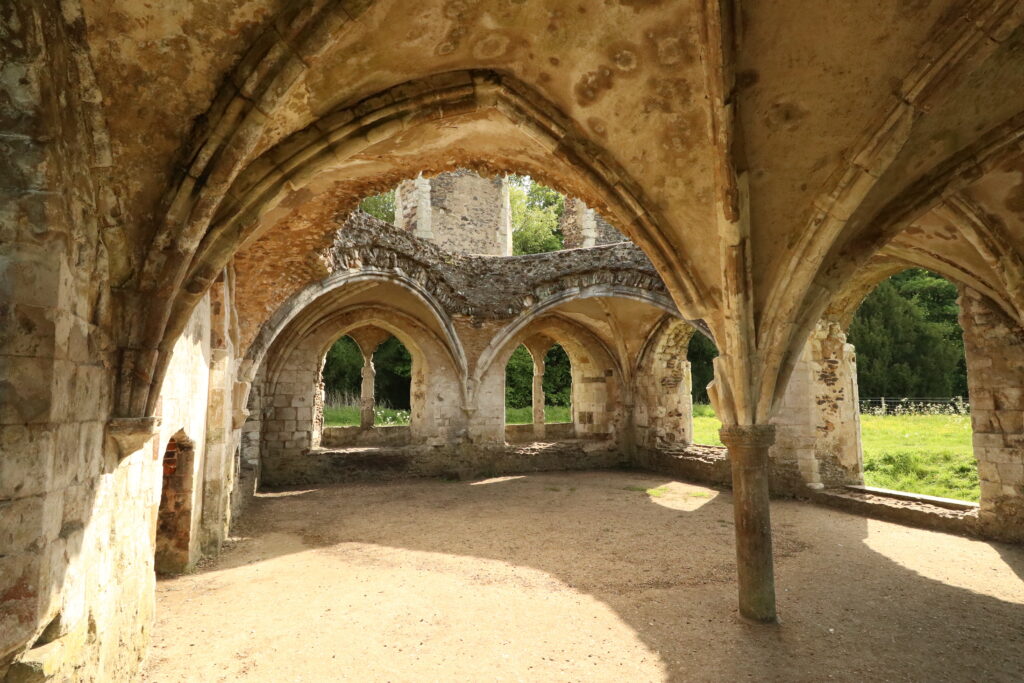
Waverley Abbey as a film location
Unsurprisingly the fairytale look of the Waverley Abbey inspired many film directors to use its grounds as filming location. Some examples are: The Mummy, The Huntsman: Winter’s War, Elizabeth: The Golden Age, 28 Days Later and some more.
Good to know
The ruins are located about 2 miles South-East of Farnham. There is a small car park a few hundred metres from the ruins. It really is a short drive away from home so if you haven’t been there yet, just go. Take some food, it is a perfect place for a picnic. Another good news is that there is no entrance fee to see the ruins. Oh and don’t forget your camera, the Waverley Abbey images just look perfect.
